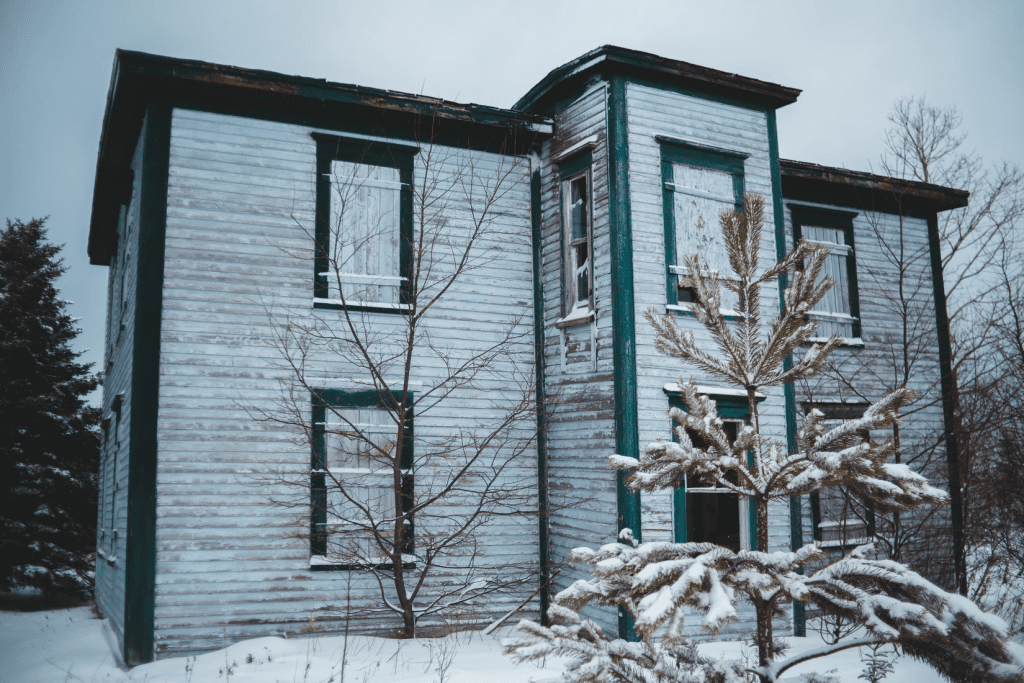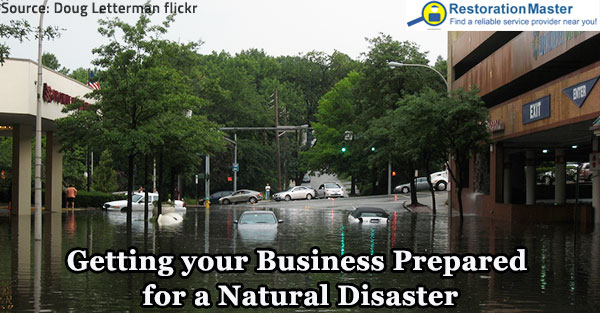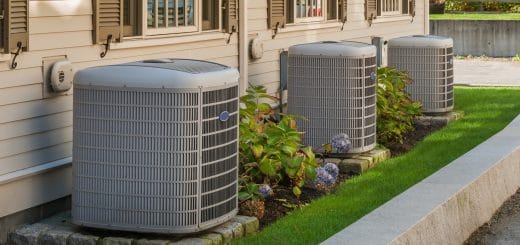5 Ways to Protect Your Home From the Cold
As we hunker down for the cold of winter, we all try our best to stay warm and, hopefully, keep the energy bills low. One way that can be achieved involves large renovation projects that, themselves, cost money (though they save you money in the long run.)
These include projects like repairing chipped or broken bricks (since even a cracked brick lets cold air in, and can turn into a major problem if not taken care of), major roofing renovations to ensure your roof is ready for heavy snowfall, or insulation installation. These projects, and more, are the best way to prepare your home for the winter.
But there are other jobs you can perform to help protect your home from the cold, and they don’t even require hiring a professional.
If you follow these five suggestions, you might find your winter to be a little more comfortable than previous years.
Keep Your Gutters Clean
This one might surprise you. Many homeowners view the spring and fall seasons as the best time to clean gutters—in the spring, you can clean up whatever residue might have fallen in your gutters over the winter, and in the fall, you can clear out fallen leaves.
But by making sure your gutters are clean, and checking on them periodically, you’ll be saving yourself some potential headaches. Clean gutters properly drain, but if they’re dirty or clogged, you’ll get ice build-ups and water overflow that could cause leaks which result in water damage.
Throughout the winter, your gutters collect snow and ice, but debris such as tree branches, also accumulate during these months. That’s why it’s essential to consistently check the state of your gutters throughout the year.
So, clean your gutters, and keep them clean. Besides, (so long as you take proper safety precautions) cleaning your own gutters is something anyone can do, as proven in this handy gutter cleaning guide.
Run Your Ceiling Fan in Reverse
A fun trick to make your home’s heating more efficient is to run your ceiling fan, only in its reverse setting.
While it might seem strange to use a device you most associate with keeping cool in order to keep yourself warm, running your fan in reverse actually will suck up the colder, heavier air that lingers closer to the ground.
This has the nice benefit of creating an updraft, which pushes the warm air that was higher, near the fan, down to the ground level, helping keep your house warmer. While the fan requires electricity to run, heating your home is much more costly and requires much more energy, so use this trick to see instant savings on your bills.
Install a Smart Thermostat
We’ve previously mentioned the benefits (and relative ease) of using smart gadgets in your home, but if you were to splurge on one single smart device, it would be a smart thermostat, such as a Nest, to maximize your home’s ability to economically stay warm throughout the winter.
They’re relatively easy to install and are likely to pay for themselves in a very short time. With a smart thermostat, you can schedule your energy usage so that the temperature is lower when you are not at home, or sleeping, while at an optimized temperature when you need it.
This ensures that you are never using too much energy at any given time, and you can track your energy usage patterns to constantly optimize your heating systems. And an added benefit? It’ll have the same positive impact on your energy bills when summer comes around as well.
Keep the temperature above 60 Degrees
We’ve talked a lot about doing what you can to conserve your energy, and one common approach is to simply turn off your thermostat when you’re not home, letting temperatures drop and reheating when needed.
That might appear to make sense, but it could also cost you more, believe it or not. Keeping a consistent temperature requires less energy than letting the temperature drop, and then reheating to a comfortable temperature.
But even more importantly—if you let your home or apartment become too cold, the pipes can freeze, which will require water damage restoration and massive repairs.
Keep Water Flowing on Particularly Cold Days
The biggest risk to your home in the winter months comes from the constant threat of frozen pipes. As previously stated, a frozen or burst pipe is a major repair project for your home that can set you back thousands of dollars.
But it’s easily prevented. When encountering especially cold weather, make sure to trickle some water (from both your hot and cold taps) in any faucet or sink in your home. This keeps the water moving in your pipes, which stops the pipes from freezing and bursting.
There are other tactics you can employ during these frigid days to protect your home from cold weather. Opening up any cabinets in your kitchen and bathroom where pipes are contained is another step you can take. This helps circulate warm air around the pipes, keeping them from freezing.
Ultimately, the best way to protect your home from the cold is to be aware, be proactive, and take the proper steps. By following these five simple suggestions, you’ll be preventing damage to your home, while also saving on energy bills. And what more could you ask for this winter?













